Capture by German paratroopers of Fort Eben-Emael
French commanders, for example, decided that it was quite difficult and burdensome to wage a successful war against modern and heavy armored vehicles, and relied on the defense system of their country. The pinnacle of this strategy was the construction of a line of defensive fortifications, known in the military stories as the Maginot Line (named after Secretary of War Andre Maginot).
The Belgians, looking at the construction of this powerful fortification front, decided to create something similar (on a smaller scale comparable to their own country), and in 30-s deployed a large military construction near the city of Liege. A line of new forts stretched from north to south: Eben-Emael, de Aubin-Nefshato, de Battys and de Tancremont.
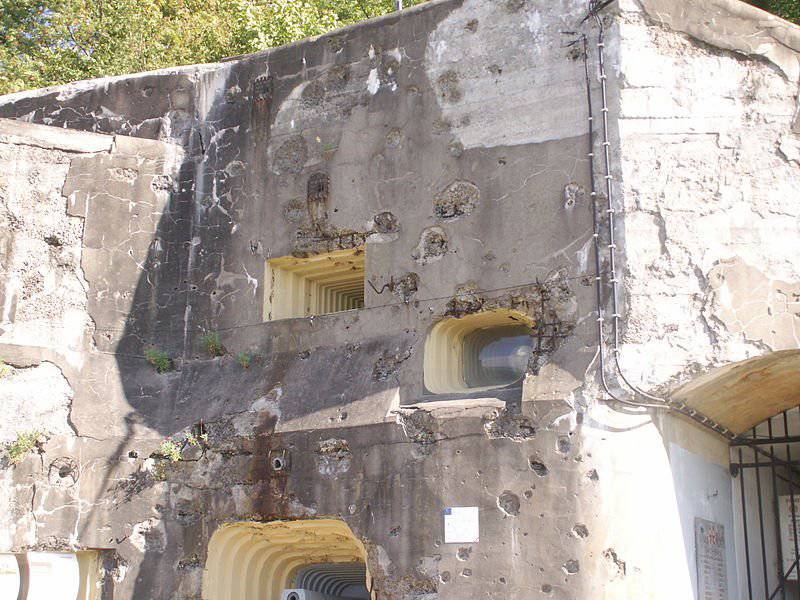
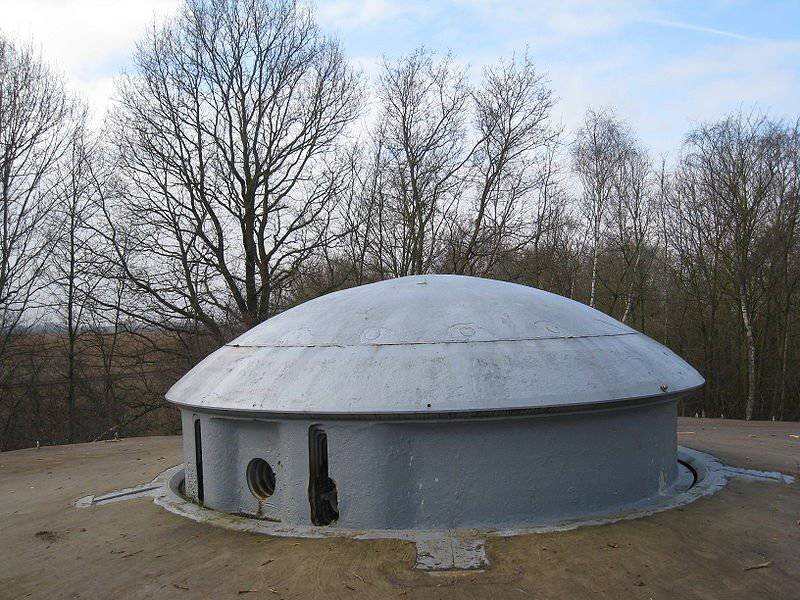
Considering again the experience of the recently fallen away world war, the Belgians reacted to the construction of forts quite deliberately. Reinforced concrete was used for construction, gun turrets were made less grouped, the ventilation system was functionally improved, and ammunition depots were deeply buried under the ground.
The project specifically Eben-Emael was developed by the Belgian engineer Henri Brialmon before the First World War, and in 30-s it was only modernized in accordance with the requirements of the time. A distinctive feature of Eben-Emael was 120-ti and 75-ti millimeter guns, which made it possible to fire long-range targets in the eastern region of Liege. The difference between Eben-Emael and other forts was that his main weapon It was between the towers and casemates. The underground mines stretched for 4 kilometers under the mountain and connected warheads, underground barracks, a power station, the location of ammunition and other service premises. During the wartime in the fort (that is, after the Germans invaded Poland), there were constantly about 1200 people divided into 3 units. Of these, 200 people lived here as technical personnel, 500 artillerymen of the first group (and 500 artillerymen of the second group living in the village of Wonk near the fort and replacing the first group weekly). There was practically no infantry in Eben-Emael.
Territorially, Eben-Emael is located in 20 kilometers from Liege, on a vast hill east of the village of Eben-Emael in the bend of the Albert Canal. The length of the fort is 600 meters from west to east and around 750 from north to south.
After the First World War, the Germans, in the conditions of access to a much smaller amount of resources, were preparing for war, increasing the tank-motorized potential, which is not surprising - Hitler planned to attack, rather than defend (unlike France and Belgium). In addition, Germany began the formation of a brand new for that time kind of troops - the airborne troops.
The strategy of the French campaign of the spring 1940 of the year was to force the 6 of the German army (under the command of Colonel-General Walter von Reichenau) of the Meuse River, to overcome the Belgian defensive line in the direction of the city Tirlemont and isolate the fortified area around Liege. For the rapid and successful implementation of this task, it was necessary to neutralize Fort Eben-Emael.
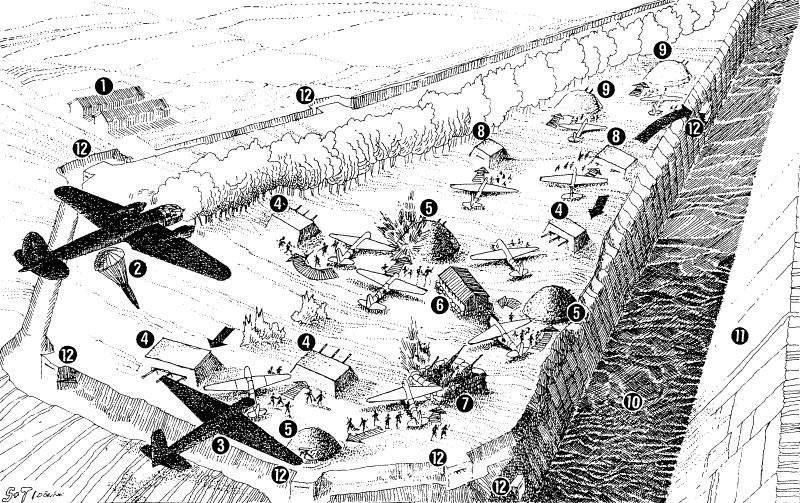
The combination of powerful artillery and machine-gun fire in the defense of Fort Eben-Emael, made it a fortified defensive point - to capture the fortress with a frontal attack seemed almost impossible. In addition, it was obvious that an attempt at a frontal attack would force the Belgians to immediately blow up the mined bridges and prevent them from carrying out the main task of the operation. The breach of Eben-Emael was his inadequate air defense, which apparently prompted the German command to use landing troops using the latest DFS 230 type assault gliders to capture the fort.
An unusual idea to use gliders in the operation was born from the calculation that air and artillery bombardment would hardly have led to success (the thickness of the fort’s concrete walls would not succumb to a shell attack). Therefore, the only way out was the landing of sappers from the air, which, using the factor of surprise and rapidity of an explosion, could help to capture Eben-Emael with minimal losses for personnel.
Since the Germans had planned this kind of operation for the first time, careful preparation for a landing landing was necessary. The command of the Wehrmacht selected a special detachment of 438 men, putting Hauptmann W. Koch to command them. The paratroopers were divided into 4 groups:
1) The Steel Group (under the command of Lieutenant Altman was aimed at capturing the Veldweselt Bridge on the Albert Canal).
2) The Concrete Group (under the leadership of Lieutenant Mine was preparing to attack the bridge in Wrenhoven).
3) The Iron Group (under the command of Chief Lieutenant Schechter was intended to capture the Cannes Bridge).
4) The Granit Group (commanded by Chief Lieutenant Witzig and which was prepared directly for the Eben-Emael attack).
From November 1939, attack aircraft were concentrated in a very secret camp (the level of secrecy was so strict that members of the Koch group did not call each other by name, and two paratroopers were sentenced to death for not keeping secrets). In the camp, members of the groups studied the topography of the area, the system of fortifications and fire weapons, worked out the landing and organization of the defense of bridges.
The operation was scheduled for Spring 1940 of the year. 10 May in 3.15 from the airport training camp in the air 11 "Junkers". Each of the "Junkers" towed behind a transport glider. The armament of the groups consisted of MG-34 light machine guns, MP-38 submachine guns (automatic), carbines and parabellum pistols. There were also 4 flamethrowers "Flammverfer-40", anti-tank guns and the newest, never before used cumulative charges capable of piercing through armored materials (Eben-Emael towers).
In 5.20 minutes the planes appeared in the area of the fort, the gliders were unhooked and went down into the predawn mist. The Eben-Emael garrison was taken aback by air raids. Not allowing the Belgians to come to their senses, the Germans covered with fire turret machine guns from the roofs of gliders quickly rushed to the armored roofs, embrasures and exit shafts ventkanalov. Against artillery towers and shelters, sappers used shaped charges, exploding through holes, through which it was convenient to throw grenades and explosive packages. Also, the paratroopers threw explosives into the ventilation ducts and loopholes.
Such a rapid onslaught of attack led to the fact that already in the first combat minutes of the 7 casemates and 14 serf guns were disabled by the Germans. The explosions of specially prepared cumulative 44-kilogram charges broke through 200-mm steel armored caps.
The Belgians, demoralized by a sudden attack, were not even able to orient themselves in the number of attackers. Late with the discovery of fire on the gliders (the fire attack on them began after the landing of the aircraft), the Belgians were able to detain the attackers only near the central bunker, but not for long - the auxiliary German group eliminated these firing points with grenades and backpack fire guns.
After an hour of battle, the main part of the fort was captured by the Germans. Oberfeldwebel Wenzel, who commanded Witzig, who was lagging behind the main group in the absence of the main group, reported to Commander Koch: “I reached the object. Everything goes according to plan".
The brilliant success of the assault landing operation did not allow the Germans to finally gain a foothold in the fort. The Belgian units stationed in the vicinity of Eben-Emael came to their senses and began to attack with the support of artillery from other forts; participants of the battle of the group "Granit" were forced to seek refuge in the casemates abandoned by the enemy.
Around the same time, the remaining assault groups of the paratroopers - Iron, Alloy and Steel - captured bridges across the Albert Canal northwest of Liège (the hitch occurred only with the Cannes Bridge, its Belgians managed to blow up). All in all, the way for tanks The Wehrmacht in this direction was opened.
Thus, the air assault operation, brilliantly prepared by the German command, was carried out (except for the unsuccessful landing of the “Iron” group) equally brilliantly. Within an hour, the Germans took possession of a powerful modern fortress, with all its bunkers, defenses and garrison. In this case, the losses of the Germans amounted to 6 killed and 11 injured.
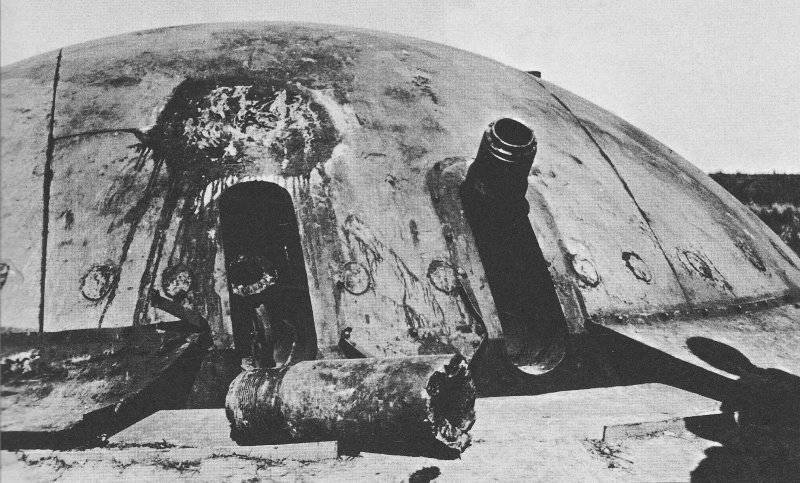
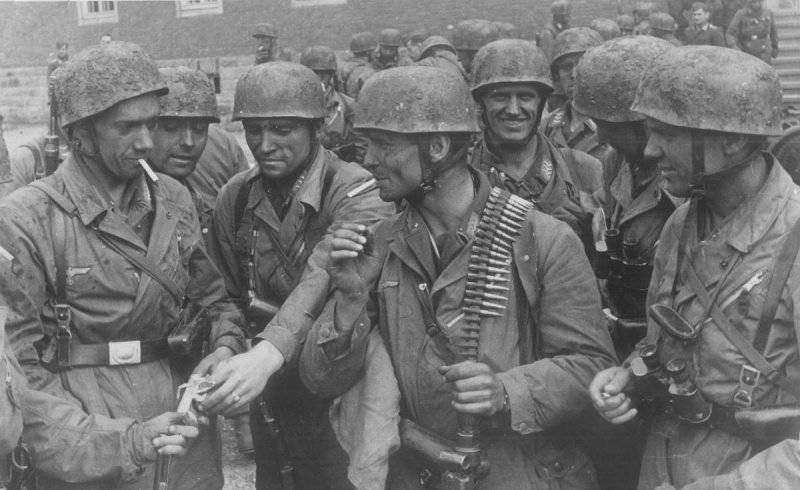
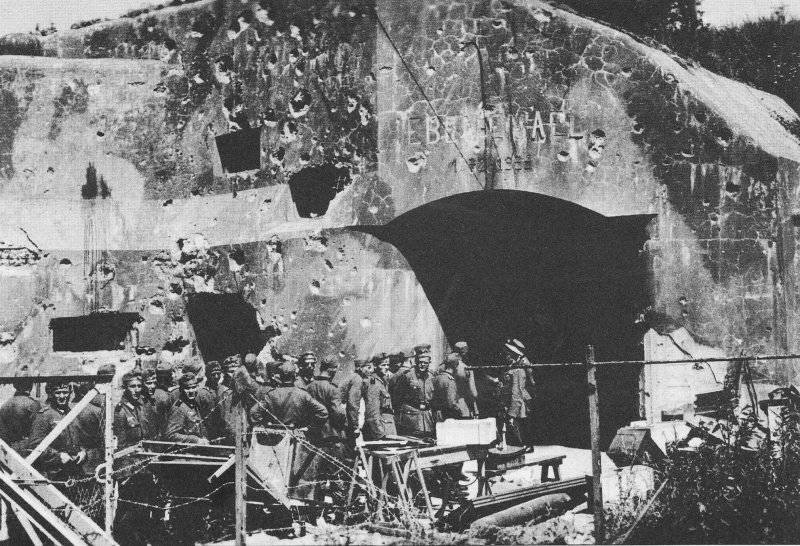
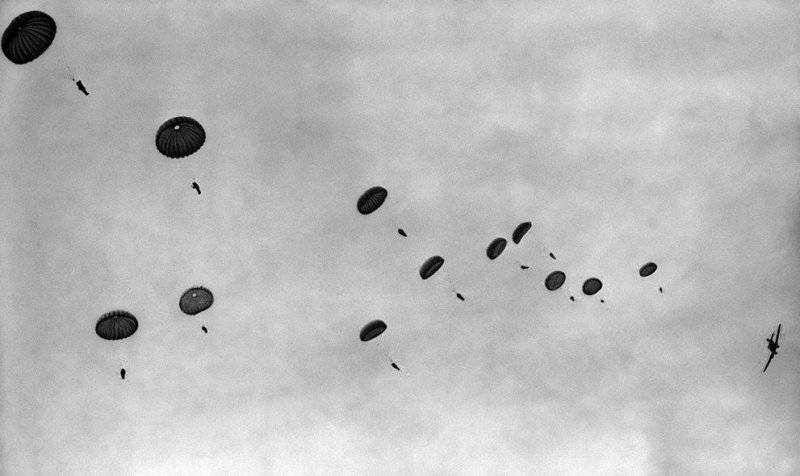
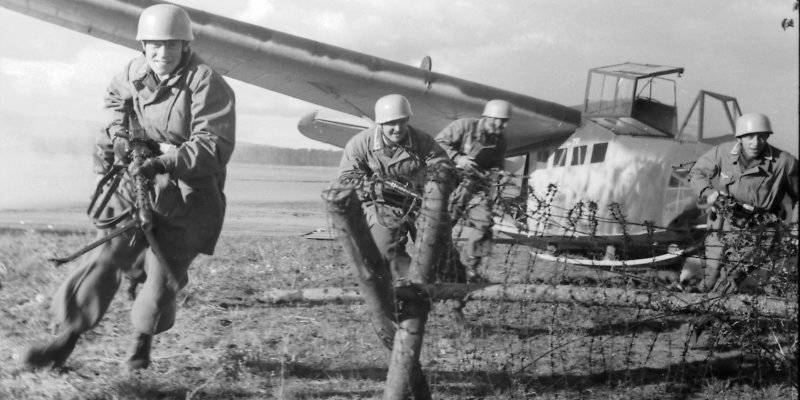
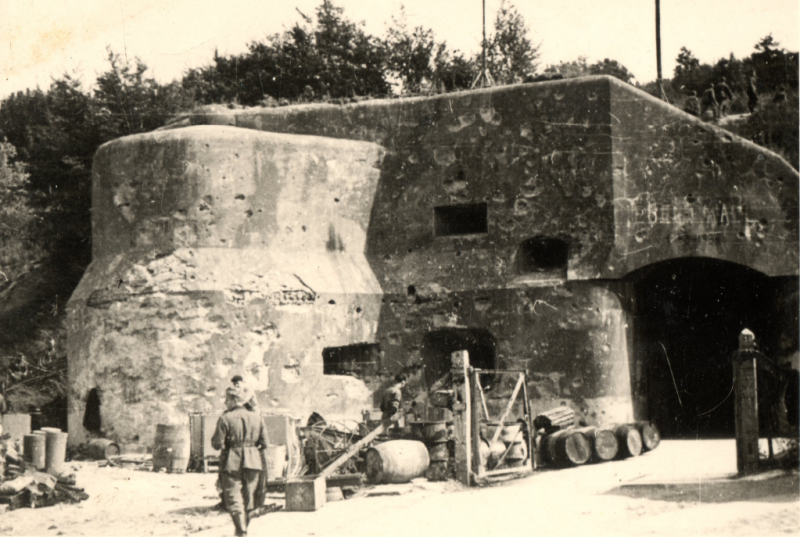
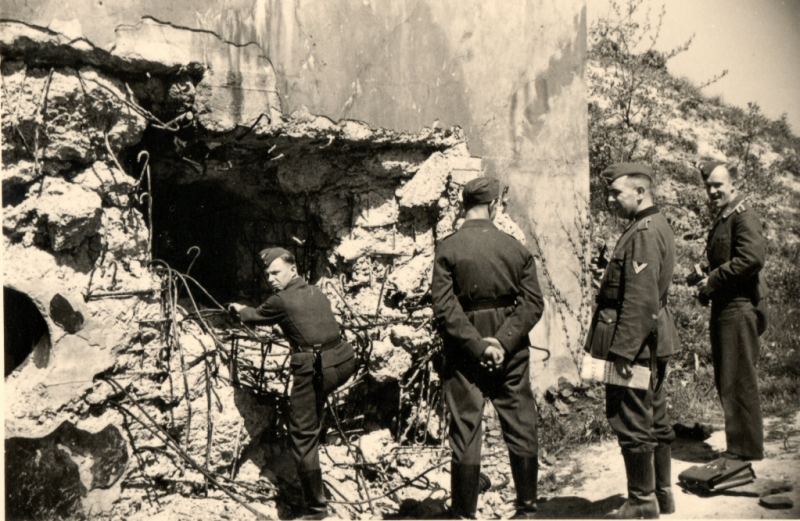
Information